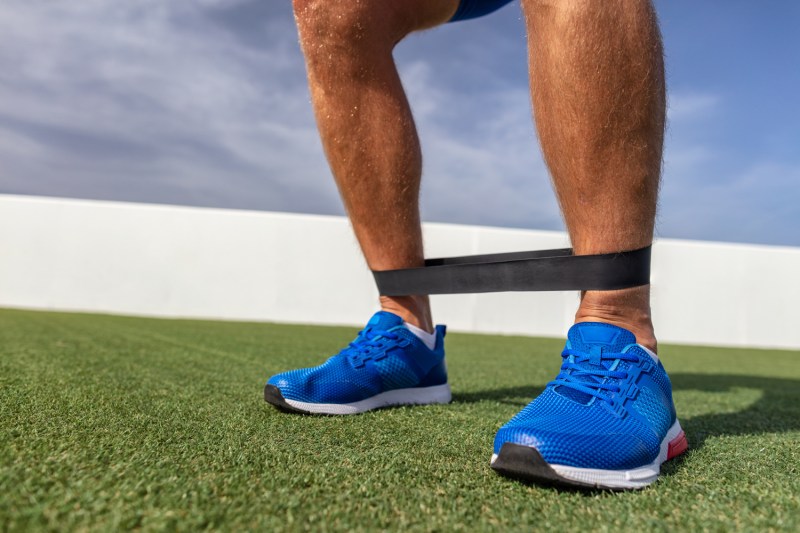Staying active and eating a healthy diet can help prevent certain diseases, such as heart disease and diabetes, but mobility exercises help keep joints healthy and flexible. Exercise and diet can also reduce the risk factors of developing other serious health conditions. Another major plus of participating in regular exercise is that it helps to prevent weight gain and muscle loss and aids in the burning of calories and body fat as well.
Additionally, maintaining supple and flexible joints throughout life helps to prevent mobility issues as the body ages. However, there can be more to an exercise routine than just muscle strengthening, flexing, and stretching.
Mobility exercises can add further benefits to workouts by strengthening joints, connective tissue, and certain muscle groups more effectively than other forms of exercise. This can make mobility exercise even more effective at keeping us fit and pain-free as we age.
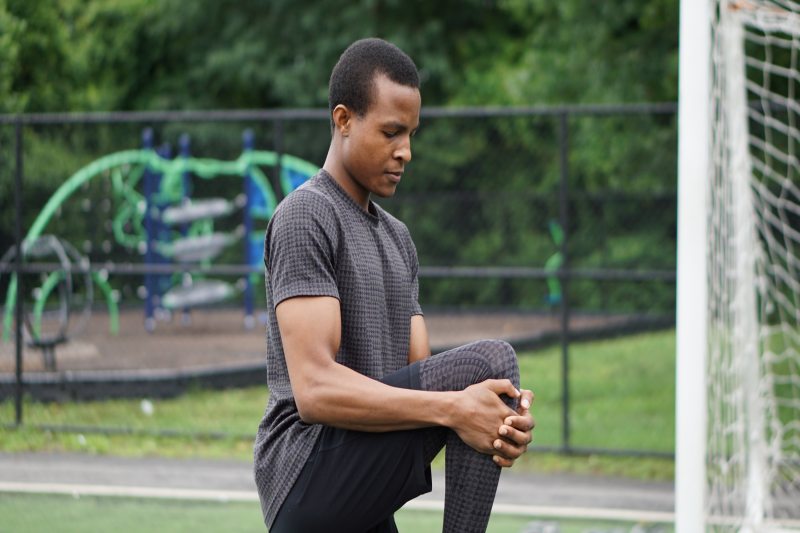
What is mobility training?
The term “mobility” refers more to how our joints move within their sockets than being able to walk, bend, or stretch. This is why mobility training differs from normal exercise regimens, as it concentrates more on increasing the body’s ability to perform a range of movements that, in turn, help strengthen muscles, joints, and connective tissue. The ultimate aim of mobility training is to increase the range of motion and movements that the body can perform.
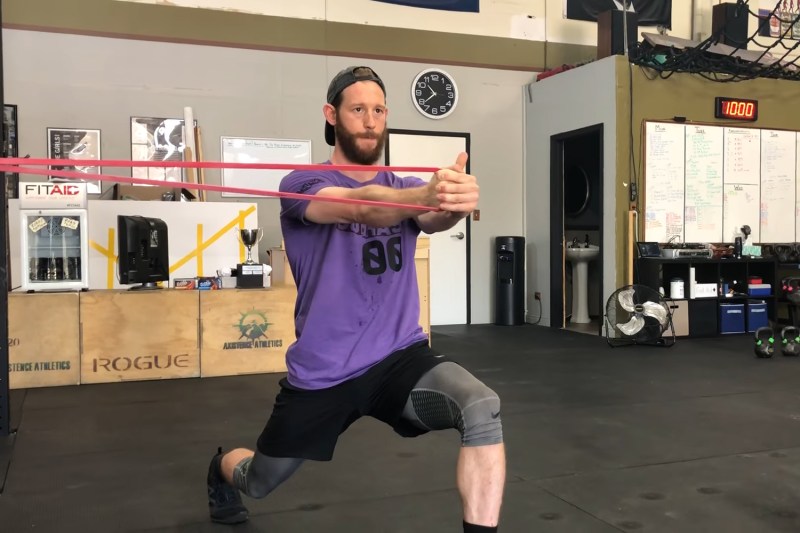
How does mobility differ from flexibility?
While mobility training focuses on increasing the range of motion and movements that the body can perform, flexibility training is different because it concentrates on the lengthening and stretching of muscle groups. This can help prevent muscle aches, stiffness, and other muscle injuries from occurring while training or doing everyday activities.
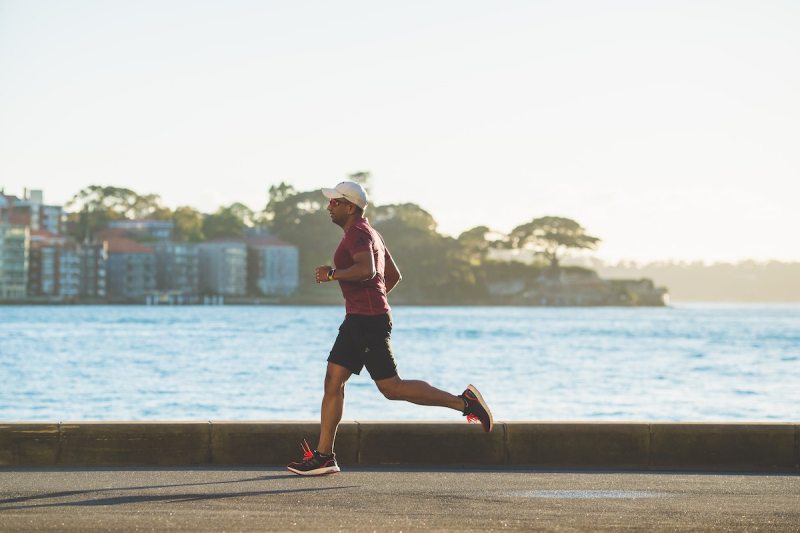
3 benefits of mobility training
Prevents injuries
As already mentioned, mobility training focuses on increasing the range of movements that can be performed by the body, using joints, tendons, and muscles to execute each exercise.
This helps strengthen connective tissue that would otherwise tighten or even weaken due to the lack of use in standard exercise programs. Therefore, mobility training can help reduce the number of injuries related to tight muscles, stiff joints, and connective tissue issues that often occur in susceptible individuals from day-to-day activities.
Improves performance
If mobility training is part of a general fitness regimen, then you can get the benefits of this type of training while doing other activities, such as playing sports or weight training at the gym. With fewer injuries likely to occur and less tension in the muscles, joints, and tendons, everyday exercising can feel easier to complete due to the enhanced movements taught by mobility training.
Strengthens muscles and joints
Mobility training isn’t only effective in keeping muscles, joints, and tendons from becoming stiff and painful. It also helps make them all stronger and more adaptive to new exercises without the occurrence of sprains, pulls, or other common muscle and joint injuries.

7 exercises to improve mobility
1. Frog squat
The Frog squat is a simple mobility exercise that anyone can do, and it doesn’t require gym equipment either. It targets the hamstrings, glutes, and quads. It’s also considered a great knee mobility exercise, as the knees take some of the weight of the squat.
Instructions:
- Stand up straight.
- Turn your toes outwards at 45-degree angles.
- Put your hands together and push downward into a seated or squatting position.
- Hold the position, then push upward halfway, then return to the squatting position.
- 3 sets of 10 reps are recommended.
2. Hitchhiker
The hitchhiker is a great stretch for those who suffer neck, upper back, or shoulder pain. It can even be used to relieve tension and headaches. It strengthens the upper back muscles and helps to correct and prevent poor posture.
Instructions:
- Stand up straight and make a fist with your thumbs outwards as if you are thumbing a ride, like a hitchhiker.
- Grab one end of a tension band with your right hand and the other with your left.
- With elbows tucked into your sides, rotate your arms outward and stretch the tension band.
- Hold the position and then return to the starting position.
- 3 sets of 10 are enough to stretch out the upper back and chest.
3. Hip circles
Hip circles are a quick and easy exercise that can be done anywhere, and as the name suggests, they’re an effective exercise for hip mobility.
Instructions:
- Stand up straight with your feet apart.
- Place your hands on your hips.
- Move your hips to make continuous circular motions.
- Change directions.
- A set of 20 in both directions is ideal.
4. Arm and shoulder circles
Arm and shoulder circles are simple shoulder mobility exercises that practically anyone can do. They help activate the shoulder muscles and the entire shoulder joint, helping prevent shoulder pain and stiffness.
Instructions:
- Stand up straight and keep your feet parallel to each other with your shoulder blades slightly pulled back.
- Stretch your arms out to the sides at shoulder level.
- Keep your palms open, but curl your fingers into your palms with your thumbs out straight.
- Keeping your elbows straight, begin making small circular motions from your shoulder joints.
- Turn your palms upward and change direction into a backstroke.
- Complete as many sets as you feel comfortable with.
5. Chest and shoulder opener
A chest and shoulder opener is an excellent exercise for those who have poor posture or limited flexibility in the thoracic spine. It is best done using a tension band.
Instructions:
- Stand up straight with feet apart.
- Keep the head and spine in a neutral position.
- Stretch the resistance band out in front of you at waist level.
- Swing the band over your head until it rests level with the base of your spine, then return it in front of you.
- Do not arch your back; let your shoulders and chest muscles do all the work.
- 20 reps should open up the chest and upper spine and work the shoulders.
6. Hamstring and hip opener
The hamstring and hip opener helps stretch the hamstring muscles and open up the hips. It’s a great mobility exercise for relieving hip and hamstring tightness and pain. For this exercise, you will need a floor mat.
Instructions:
- Lie on your back on the mat and let your shoulders relax, then drop to the floor.
- Bend your knees and keep your pelvis and feet on the floor.
- Inhale and arch your lower back.
- Exhale and release the arch.
- Repeat this six times, then return to the neutral position.
- While in a neutral position, stretch your right leg upward.
- Wrap a resistance band around the middle of the sole of your foot.
- Straighten your left leg and rest it on the floor.
- Slightly pull on the resistance band and hold the position for a couple of minutes.
- Change to the left leg and again hold the position for as long as is comfortable.
- For the hip mobility exercises, cross your right ankle over your left knee and let your knees fall to one side to ground level. Then swap sides and repeat these mobility stretches 10 times on each side
7. 3-way ankle joint mobilization
The ankles take a lot of the daily strain of human activity, so strong ankles are important. Be sure to add ankle mobility exercises to your mobility training routine.
Instructions:
- Place the knee of your left leg on a small, thick gym mat, and keep your right leg in front of you, bent at the knee.
- Place your right palm on your right knee.
- Put pressure on the knee with your right hand and push down.
- Slightly bend the knee forward and backward, then change legs.
- 20 reps on each leg are required.
- You can push the knee forward, to the left, and to the right.
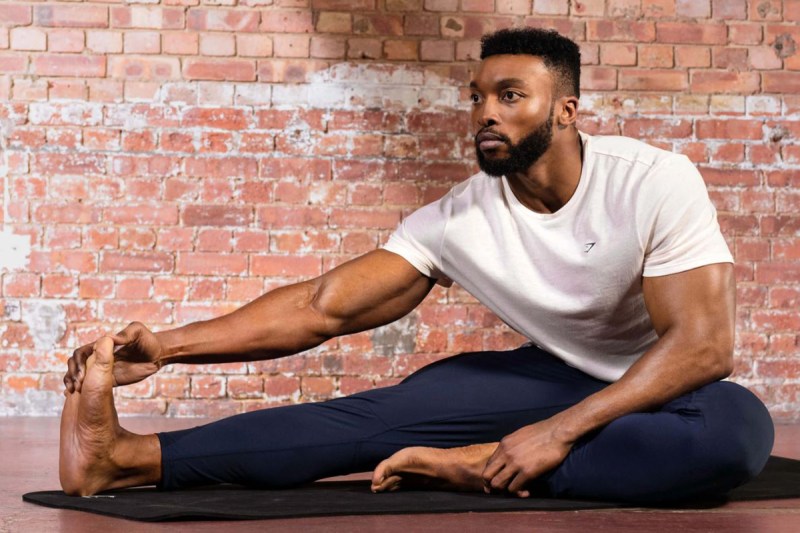
5 ways to maintain healthy joints
Maintaining healthy joints is important for your overall health, well-being, and mobility. Here are five ways to keep your joints healthy.
Stay active: Regular physical activity, including low-impact exercises like mobility exercises, walking, yoga, and swimming promotes joint flexibility and strength.
Balanced diet: Incorporate anti-inflammatory foods rich in omega-3 fatty acids, such as fatty fish, nuts, and leafy greens, to support joint health and reduce inflammation.
Weight management: Maintaining a healthy weight alleviates pressure on joints, especially weight-bearing ones like knees and hips.
Stay hydrated: Drinking adequate water helps keep joint cartilage lubricated and supple, supporting shock absorption and joint function.
Proper posture and ergonomics: Maintain good posture and ergonomics during daily activities to minimize strain on joints.
Prioritizing these habits can contribute to resilient and supple joints, allowing you to lead an active and pain-free life.
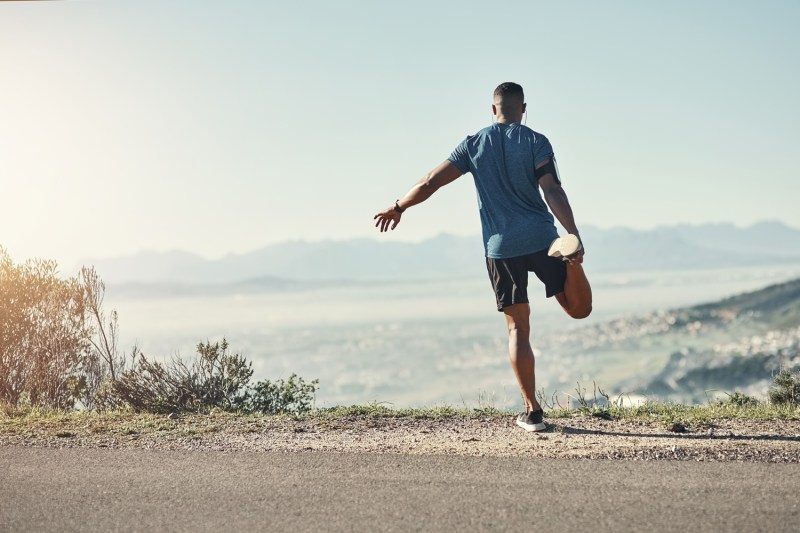
Frequently asked questions
How do I train my full-body mobility?
You can train your full-body mobility in a 30-minute session in which you include all the exercises mentioned here and more. They are low-impact exercises that can be done every day.
How long does it take to train mobility?
The exercises are simple and do not need a recovery period, so you can complete a full-body mobility workout in 30 minutes and do it as often as you want.
Can mobility be increased?
By using certain joints and muscles regularly, you can prevent stiffness from occurring or ease stiffness that has set in. In time, mobility exercises will have a positive effect and increase body mobility.
